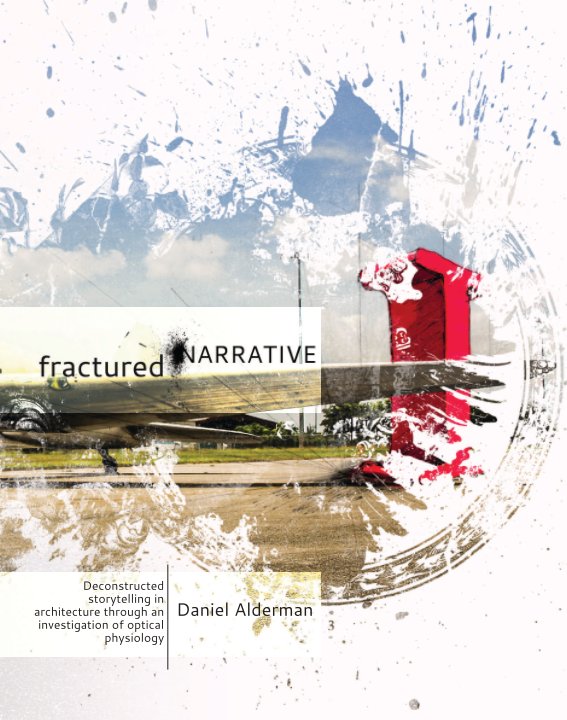Blogpost 3/7.
PAGES 416 to 428, 2007 Edition (referencing will be based on 2007 Edition).
Kamloops.
“The end remembers the beginning.”
—Every creative writing teacher.
I have chosen to focus on the allusions in the last section of Green Grass Running Water because they help strengthen the thematics present in the cyclical structure. The themes include the fluidity of Native stories, the hegemonic influence of Christianity and Western pop culture, and the importance of orality. One could write a novel-length article if they chose to analyze every single character and symbol in this last section, and so, for the sake of brevity, I will mostly rely on Flick’s analysis and include hyperlinks for further readings. There are few thematic connections for me to draw from Flick’s list of allusions that other scholars have not already stated. To not only reiterate what has already been said I will also be focusing on the one allusion that Flick missed in these pages—Kamloops.
Before I return to the importance of Kamloops, let us look at the plethora of allusions Flick found in these pages and connect them to some of the novel’s themes. One of the most important characters to understand is Coyote, a trickster figure from Native American tales who lived before humans existed. Coyote, along with other mystical beings had tremendous powers and created the world. They instituted human life and culture, but they were also capable of being brave or cowardly, conservative or innovative, wise or stupid. (Flick 143). In other words, for one to understand Coyote, one must be able to understand and believe in contradictions in the same way that one must understand contradictions to constructively interpret Green Grass Running Water. King also contradicts Christian stories to satirize them. “The Last time you fooled around like this,” said Robinson Crusoe, “The world got very wet.” “And we had to start all over again,” said Hawkeye. (King 416). King establishes that it was Coyote, not god, who was responsible for Noah’s flood. (Flick 164). King further subverts the Christian story when Coyote refers to the character Alberta and says, “But I was Helpful, too. That woman who wanted a baby. Now that was helpful.” To which Robinson Crusoe responds, “You remember the last time you did that?” (King 416). The last time Coyote did that refers to “the Immaculate Conception commonly misunderstood to refer to the conception of Jesus in Mary (rather than Mary’s own sinless conception).” (Flick 164). The reference to the character Alberta is one example of how King subverts, satirizes, strengthens, and dismantles stories by constantly overlapping stories within stories.
The Old Indians–as the Lone Ranger, Ishmael, Robinson Crusoe, Hawkeye, and Coyote are sometimes referred to–influence Alberta’s life; however, Alberta is not just a character, but a reference to the Canadian province. Alberta’s frankness could represent the characteristics of Albertans. (Flick 144). All these references to stories from different times cycle back to the present. Another example of this is when King starts off page 425 in the exact same way that he starts off page 16—with the line “Dr. Hovaugh sat at his desk and rolled his toes in the soft, deep-pile carpet.” Dr. Hovaugh’s narrative has come full circle and carries with it the stories of which his name alludes to. One can understand the Hovaugh to refer to many different people and characters such as Joe Hovaugh who appears in King’s story, “A Seat in the Garden,” and a play on the word Jehovah. (Flick 144). Dr. Hovaugh’s storyline is deeply connected to the Old Indians storyline throughout Green Grass Running Water, which we also see in the section I am analyzing when the Lone Ranger says, “We could start in the garden.” (King 428). “If they offer “to help” Joe Hovaugh fix up the world, they will have to start, of course, in the garden. That is, Eden—or Frye’s “central story”—since everything went “wrong” there. Once everyone is able to mind his or her relations, there may be hope of fixing up the world.” (Flick 164). However, King is not only subverting the Christian creation story, but with Lone Ranger’s use of “We,” King is also uniting Hawkeye, a adopted Indian name from famous frontier heroes in American literature, Lone Ranger, reference to Texas Rangers and character that had a faithful Indian companion named Tonto, Robinson Crusoe, a famous character from the novel by Daniel Defoe, and Ishmael, a character from Moby Dick and the firstborn son of Abraham. These characters and western writers who have shaped problematic ideas about indigenous people are now transformed and satirized to accompany the Native story.
Many of these allusions are not ones that I would have picked up on if it weren’t for Flick; however, the thematic connections came from my experience and knowledge from ENGL 470 99C Canadian Studies: Canadian Literary Genres. Now, in the essence of King’s writing, let’s return to where I started—with Kamloops. As already discussed, when Robinson Crusoe tells Coyote, “You remember the last time you did that?” (416) King alludes to the Immaculate Conception. Coyote then responded with, “I’m quite sure I was in Kamloops” which brings the Christian story into the Okanagan. To understand the significance of Kamloops and the Okanagan, one needs to read, Living by Stories: a Journey of Landscape and Memory by Harry Robinson. Harry Robinson was an Okanagan writer that heavily influenced King’s writing. Robinson grew up in Oyama as a member of the Lower Similkameen Band of the Interior Salish people. (Talonbooks). The Interior Salish people’s territory expanded through Kamloops which comes from the Secwepemc word Tk’emlúps, meaning “where the rivers meet” and refers to the convergence of the North and South Thompson rivers. (Tourism Kamloops). By alluding to Kamloops, King is not only referring to a writer that inspired him. The name also signifies the beginning of our world. A time when there was nothing. Just the water.

Works Cited
“Alberta Canada.” Travel Alberta, www.travelalberta.com/ca/.
Archibald, Jo-Ann, and desLibris – Books. Indigenous Storywork: Educating the Heart, Mind, Body, and Spirit. UBC Press, Vancouver, 2008.
Britannica, The Editors of Encyclopaedia. “Garden of Eden.” Encyclopædia Britannica, Encyclopædia Britannica, Inc., 6 Sept. 2013, www.britannica.com/topic/Garden-of-Eden.
Britannica, The Editors of Encyclopaedia. “Robinson Crusoe.” Encyclopædia Britannica, Encyclopædia Britannica, Inc., 22 Jan. 2019, www.britannica.com/topic/Robinson-Crusoe-novel.
Britannica, The Editors of Encyclopaedia. “Tonto.” Encyclopædia Britannica, Encyclopædia Britannica, Inc., 7 Jan. 2016, www.britannica.com/topic/Tonto.
Eldatari. “Dr. Joseph Hovaugh and Jehovah.” Words and Names, 19 July 2010, litstudies.wordpress.com/2009/03/30/dr-joseph-hovaugh-and-jehovah/.
Flick Jane. “Reading Notes for Thomas King’s Green Grass, Running Water.” Canadian Literature 161/162 (1999). Web. 18 March 2016.
GotQuestions.org. “Who Was Ishmael in the Bible?” GotQuestions.org, 8 Mar. 2017, www.gotquestions.org/Ishmael-in-the-Bible.html.
“Harry Robinson.” Harry Robinson » Authors » Talonbooks, talonbooks.com/authors/harry-robinson.
“Immaculate Conception and Assumption.” Catholic Answers, 19 Nov. 2018, www.catholic.com/tract/immaculate-conception-and-assumption.
“Kamloops Indigenous Culture | Tourism Kamloops, BC.” Kamloops Indigenous Culture | Tourism Kamloops, BC, www.tourismkamloops.com/thingstodo/artsandculture/ kamloopsindigenous/.
Kennedy, Dorothy, and Randy Bouchard. “Interior Salish.” Interior Salish | The Canadian Encyclopedia, 21 Nov. 2006, www.thecanadianencyclopedia.ca/en/article/interior-salish- first-nations.
King, Thomas. Green Grass Running Water. 1993. Perennial-Harper, 2007.
LitCharts. “Hawkeye Character Analysis.” LitCharts, www.litcharts.com/lit/the-last-of-the-mohicans/characters/hawkeye.
Paterson, Erika. Lesson 3:3 ENGL 470 99C Canadian Studies: Canadian Literary Genres. UBC Blogs.
Robinson, Harry. Living by Stories: a Journey of Landscape and Memory. Ed. Wendy Wickwire. Vancouver: Talonbooks, 2005. 64-85.
Trailers, Movieclips. “The Lone Ranger Official Trailer #2 (2012) – Johnny Depp Movie HD.” YouTube, YouTube, 11 Dec. 2012, www.youtube.com/watch?v=JjFsNSoDZK8.
